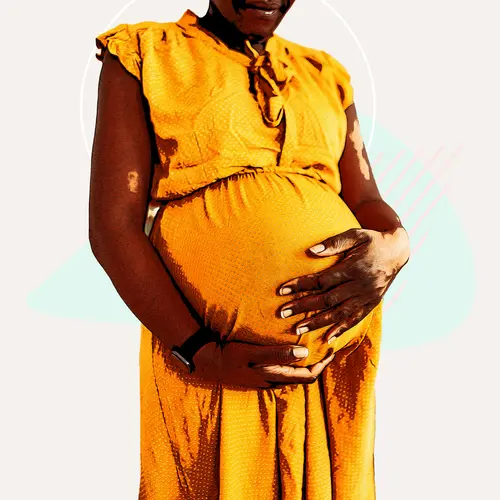After childbirth, you're mostly focused on caring for your newborn. However, health problems can arise in the following weeks and months. Many mothers are not aware of the warning signs.
Regardless of whether your delivery was complicated or easy, your body has been through trauma just the same. Postpartum swelling is just one of the several things you may have to deal with. But this is time for your body to recover. Try not to get frustrated. The best thing you can do for it is rest, eat well, and give yourself a break.
Postpartum Swelling: What Is It?
Swelling is very common during the postpartum period. It usually gets worse during the first postpartum week. However, it gradually improves with time. Most of what causes swelling is an accumulation of fluid in some parts of your body. By keeping yourself hydrated, your body will have an easier time releasing extra fluid causing the swelling.
It is also important for you to walk and move around after delivery to prevent complications that lead to swelling in the legs. But try not to overdo your activity. Talk to your doctor about creating a postpartum workout plan that fits your needs.
Types of Postpartum Swelling
The type of swelling depends on what causes it and where in your body it is located.
Breast engorgement. This happens when your breasts swell because they are full of milk. It most commonly happens a few days after delivery. Your breasts may also feel tender and sore. The discomfort will go away once you start breastfeeding regularly.
Hemorrhoids. You may develop painful swelling of a vein in the rectum during your pregnancy. If not, you may get them from the strain and pushing during delivery. Hemorrhoids are painful and may bleed after a bowel movement. Sometimes they itch too. Applying cold witch hazel may help relieve hemorrhoid pain. They should shrink over time, but if they don’t, contact your doctor.
What to do about hemorrhoids:
- Soak in a warm bath
- Ask your doctor about using an over-the-counter spray or cream for pain
- Eat fiber-rich foods such as fruits, vegetables, and whole-grain bread and cereals
- Drink lots of water
- Try not to strain when you’re pooping
Water retention. Also known as postpartum edema (swelling). After giving birth, your body will continue to hold on to water because of an increase in progesterone. You may notice the swelling in your hands, arms, feet, ankles, and legs. Edema shouldn’t last much longer than a week after delivery. If it does or if it gets worse over time, consult your doctor.
Signs of edema include:
- Swelling or puffiness of the tissue directly under your skin, especially in your legs or arms
- Stretched or shiny skin
- Skin that retains a dimple (pits), after being pressed for several seconds
- Increased abdominal size
See your doctor immediately if you have shortness of breath, difficulty breathing, chest pain, as these can be signs of pulmonary edema, which requires urgent treatment.
Deep vein thrombosis. Is your swelling accompanied by pain, redness, warmth, or tenderness in your legs, especially in your calves? It could be a sign of deep vein thrombosis. This is when a blood clot forms deep in your body, usually in the lower leg or thigh.
How to Ease Postpartum Swelling
It is normal for postpartum women to have swelling, especially in their legs and feet. It is usually your body’s way of getting rid of some of the excess fluid accumulated during pregnancy. Swelling may take up to two weeks to resolve. Call your doctor if one leg is much more swollen than the other. Also, get medical attention if you have pain in your leg when walking or if there is a red hot area in one leg.
What you can do to help bring the swelling down:
- Eat potassium-rich foods like bananas, potatoes, avocados, and spinach
- Reduce your caffeine intake — caffeine makes your body retain water and increases swelling
- Keep your feet elevated
- Wear comfortable shoes
- Wear compression socks
- Drink water
- Avoid salty foods as sodium makes you retain more water
- Go for a daily walk to increase your circulation
- Wear loose-fitting clothes
- Get a massage

